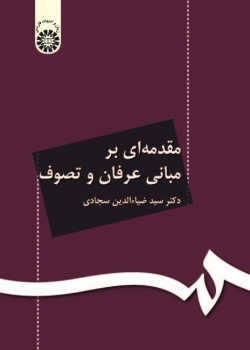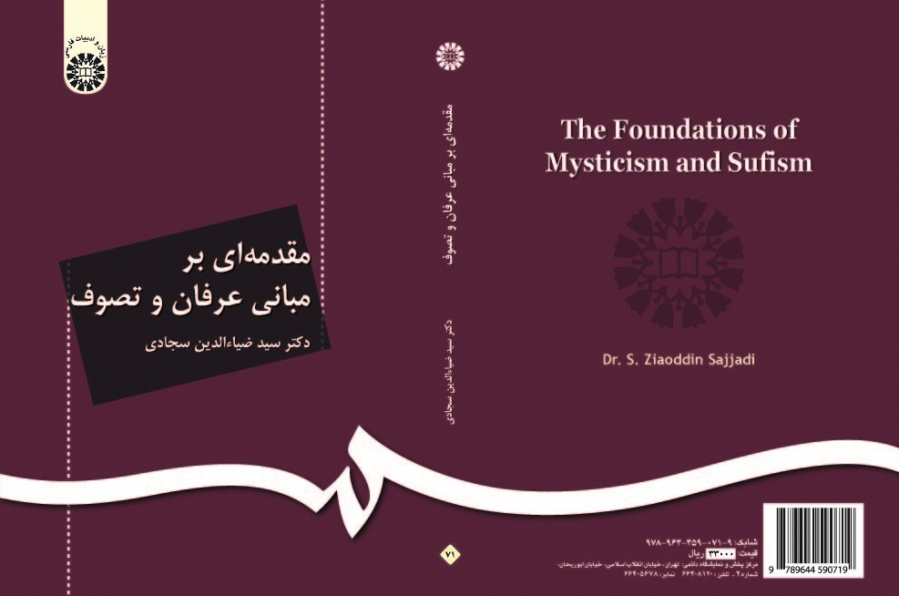

The Foundations of Mysticism and Sufism
When the world was filled with the heavenly light of the Islamic creed, which quenched the thirst for knowledge among the Muslims and the followers of truth and human perfection, it also invoked all to probe into the question of Tawhid (monism), knowledge of God, and Truth and the ultimate purpose of their own being. By seeking help from God, the Holy Quran, Ahadith (plural for Hadith), the tradition of the Prophet of Islam, Imams along with other religious leaders and through one’s elevated thought, Islam has made possible the growth knowledge and has turned itself into a grand school of thought where mankind is ushered in the path to Human perfection.
This glowing way of thinking gave birth to a scientific school of thought which was named Islamic Mysticism, and the ways and rituals to reach it were called Sufism.
The content of the book is a brief narration of the basic principles of mysticism and Sufism which also includes a short account of the life, thought, and sayings of the Sufis and great Mystics from the very beginning to the ninth century.
Explanation of some crucial Sufi expressions and introducing the famous sects of Sufism, secrets of Sufism and Love in Sufism within the domain of Persian literature are among other issues covered in this book. The closing part of the book includes list of names, places, clans, sects and a bibliography of Mysticism and Sufism.
Compiled for the BA students of Persian literature as a textbook for the course “The Foundations of Mysticism and Sufism”, this book is a brief narration of the foindations of mysticism and Sufism, which also includes a short account of the life, thought, and sayings of the Sufis and great Mystics from the very beginning to the ninth century.





